
10 Common Exterior Paint Problems
Posted on December 18, 2019
Taking on the challenge of painting the exterior of your home is a big task. You want to do the job right and not encounter any issues. Chances are, there will be problems. Here are 10 common exterior house painting problems and how to fix them. If you live in the northern part of Arizona, including Flagstaff, Sedona, Prescott, or the Grand Canyon area, contact us for a free painting estimate by clicking the button below. We offer painting services in the Northern Arizona service area, see our homepage for information on where we offer our services.
1. Blistering paint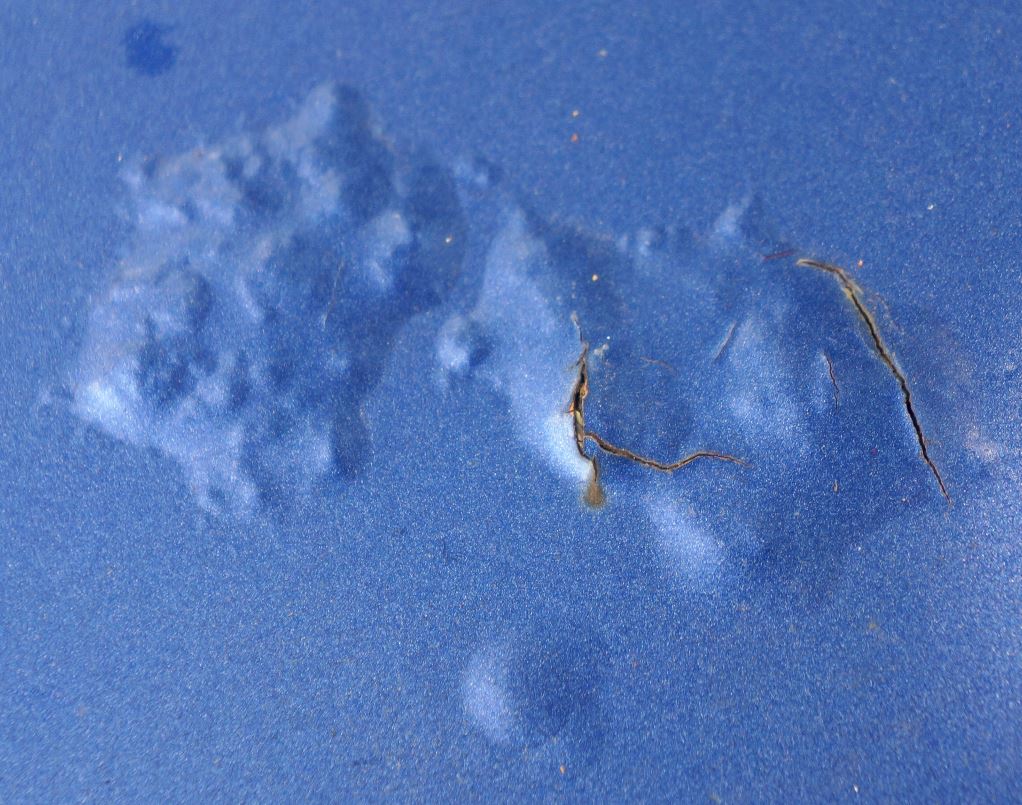
What it is: Small to medium sized bubbles or blisters below the paint. This is most commonly seen in trim or wood siding.
Causes: When the paint was put on, it was on a hot surface or in direct sun making the paint dry too quickly. Or the paint was put on damp wood, and the water was trapped inside the paint. Along the same note, dew, rain or high humidity got under the paint film after it dried.
Fix: Get a flat scraper and scrape away the blister. Sand the area down to bare wood and let it completely dry before you move on. Sand, prime and paint in dry conditions and out of direct sunlight with a high-quality latex paint.
2. Checking and alligatoring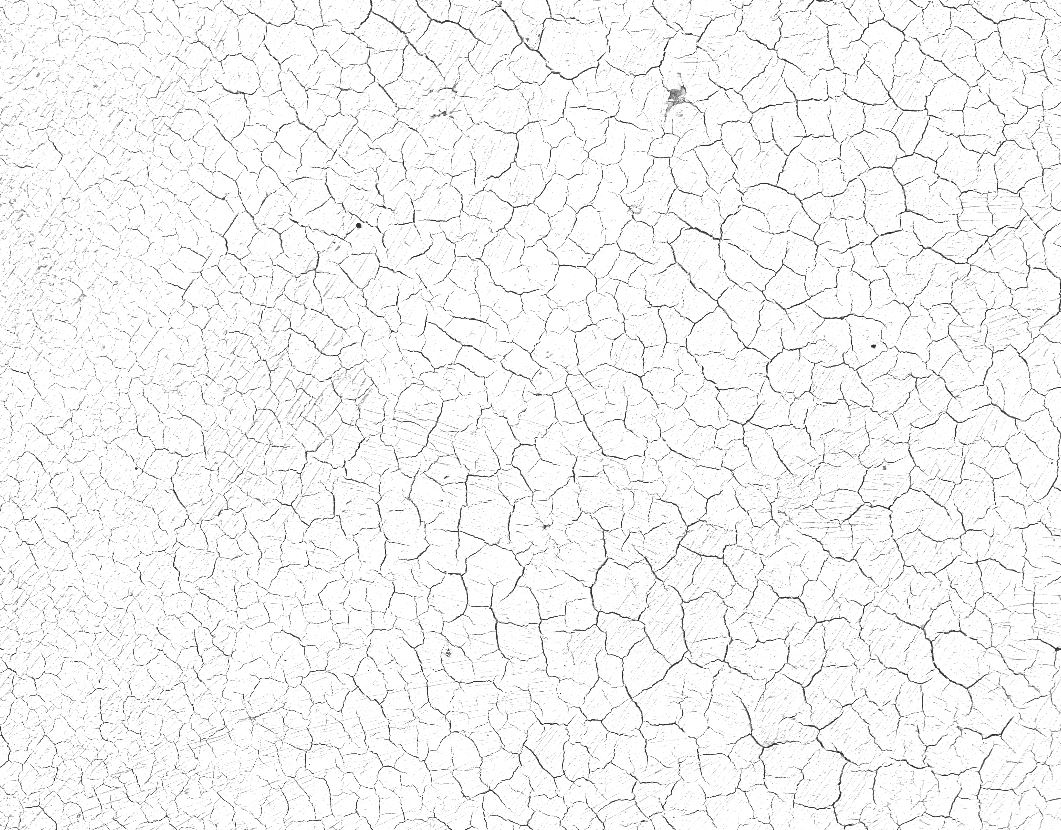
What it is: A cracking pattern resembling an alligator’s skin. Checking is a less severe form with long cracks. If left unattended, it can cause cracks and splitting in the paint.
Causes: Moving on to the next coat without letting the previous fully dry. The second coat of paint did not work with the first. For example, a glossy paint cannot be put over a latex paint. Oil-based paints run the risk of this through aging.
Fix: To fix this, you must completely remove the old paint and start over. Sand, prime and repaint with a flexible latex paint. The higher the quality, the less chance of this occurring again.
3. Efflorescence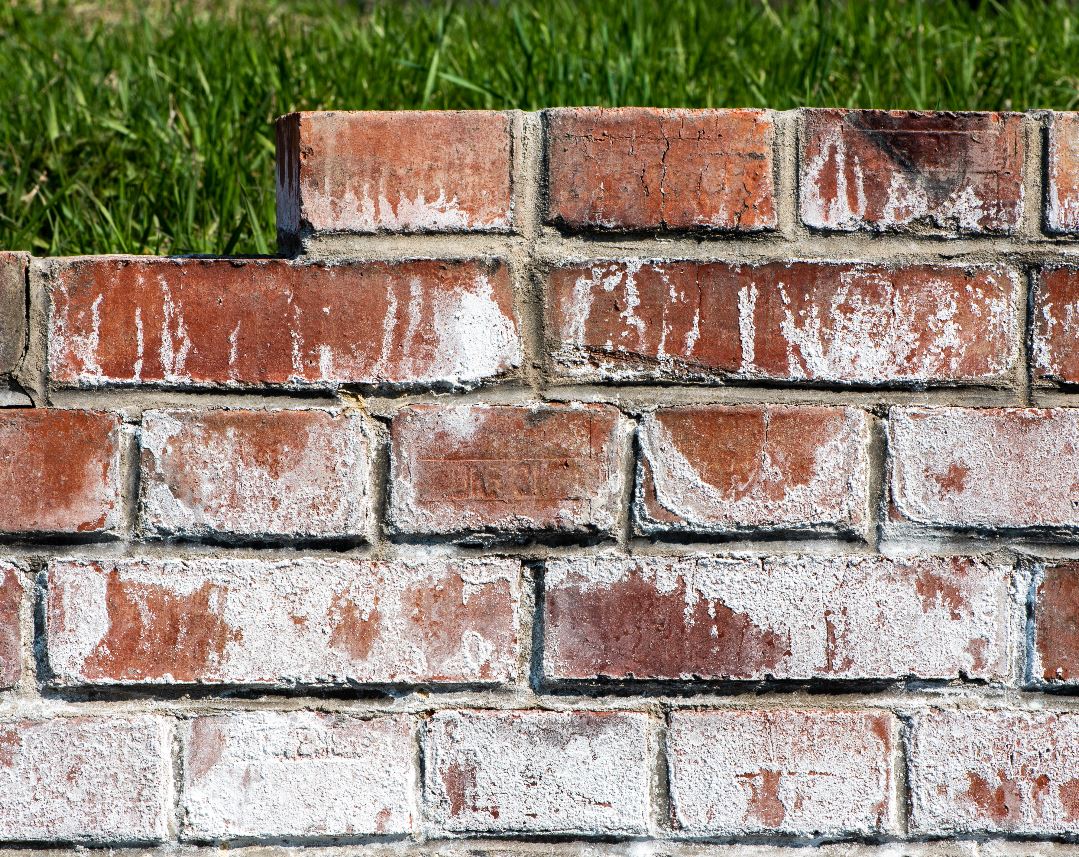
What it is: Efflorescence is found in painted masonry. It looks like white salty deposits coming through the paint.
Causes: Brick or masonry was not prepared appropriately before painting. Heavy moisture came through masonry walls from inside the home. Brick and mortar was painted before completely cured. Basement walls were not appropriately waterproofed allowing ground water penetration.
Fix: First, you must find the source of the water that is affecting your wall. Patching and caulking the culprit will make sure this doesn’t recur. Remove all signs of the efflorescence and wire brush any flaking or chalky paint. Clean the area with trisodium phosphate solution and rinse clean. Do not move on until it’s completely dry. Then, paint with latex house paint.
4. Mildew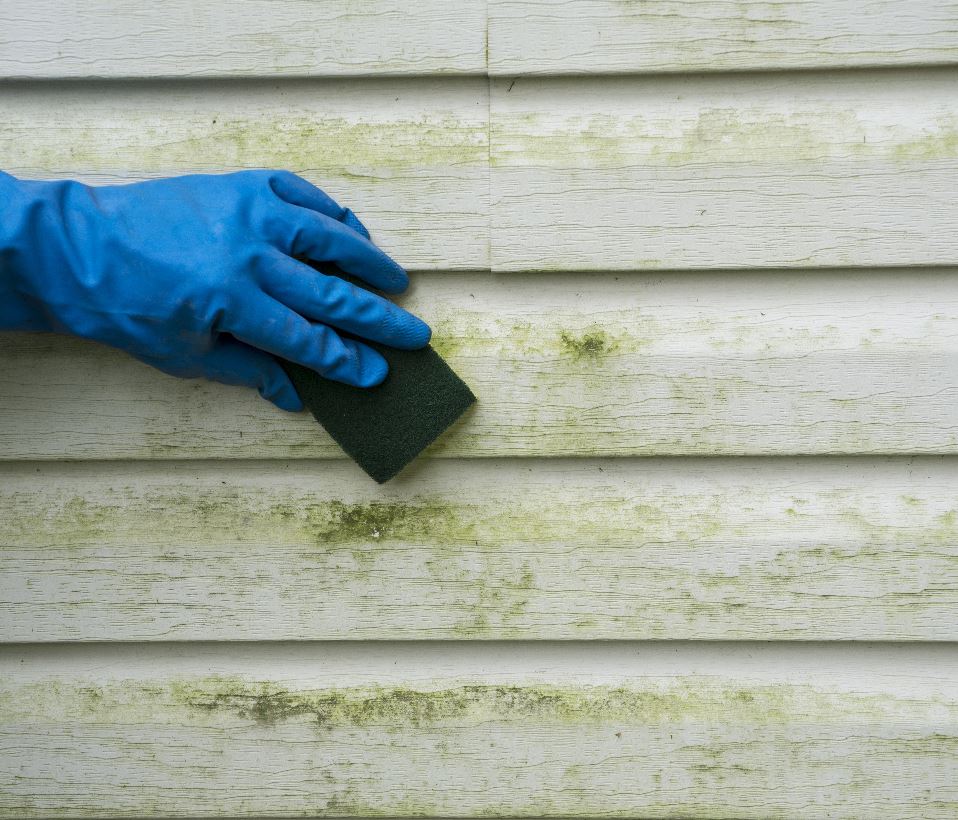
What it is: Mildew is a fungus that feeds on paint film or caulk. It usually shows as a brown or green blotch.
Causes: Moisture is the cause of mildew. It grows in dark, poorly ventilated, wet places. The underside of soffits and eaves are prone to growing mildew. If mildew is painted over, it will continue to grow. Bare wood without primer also makes a building ripe for mildew.
Fix: Scrub the area with trisodium phosphate cleaner or bleach with 1 part bleach to 3 parts water. Always wear eye and hand protection when working with these chemicals. Let the area dry for about 15 minutes, then rinse with clean water. Repeat the process. Allow adequate dry time and finish with a high quality latex exterior paint.
5. Sagging or Running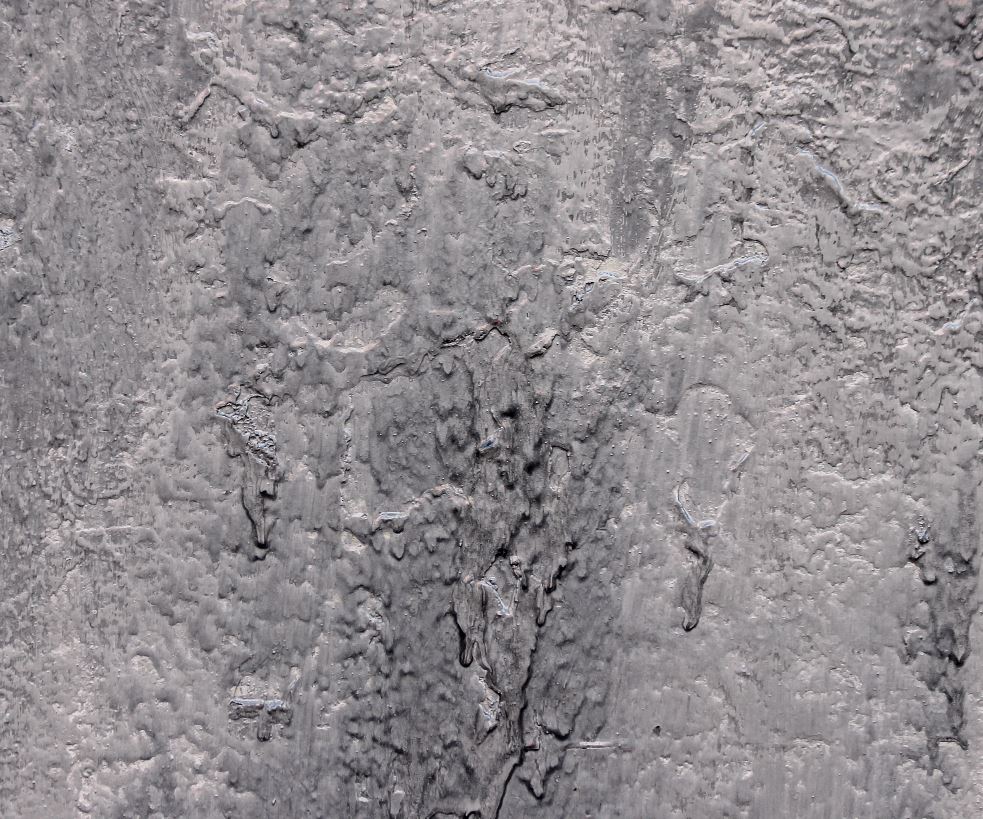
What it is: Probably the most common exterior house painting problem is droopy, dripping paint.
Causes: Too much paint applied at once or the paint was thinned too much. The weather was too cold making the paint thicker, or the humidity was too high. Primer wasn’t used or the area wasn’t cleaned before application.
Fix: If you see this problem while you are still working with the paint, use a brush or roller to redistribute the paint more evenly. If the paint has already dried, sand the area down to even. Repaint. Do not overload the paintbrush, and use two thinner coats rather than one heavy one.
6. Chalking
What it is: Chalking looks like a chalky powder over the exterior paint. Although some chalking is normal, it can become a problem, especially in arid climates. Chalking can be a sign that the paint pigment is being released and the binders have broken down due to weather. If it gets too severe, the color could begin to run off the house and stain the ground.
Causes: Cheap paint with high levels of pigment extenders. Interior paint used in an exterior setting. Overly thinned paint. Porous surfaces were not sealed prior to painting.
Fix: Power wash or scrub the chalky area with a trisodium phosphate cleaner. Rinse with clean water. Once it is dry, pain with a high quality latex house paint. If the area is masonry, specialized cleaning solution will need to be used. If the problem continues, consult a professional cleaner.
7. Rust
What it is: Red or brown stains on the paint surface.
Causes: Nails without corrosion resistance were used to attach siding. Excessive weather has worn away galvanized heads on nails.
Fix: Find the offending nails and replace them with stainless steel or galvanized nails. If they cannot be removed, sand the head to bare metal and countersink them. Use a primer with a stain blocking and rust inhibiting factor. Caulk or fill the nail heads and sand smooth. Paint over.
8. Peeling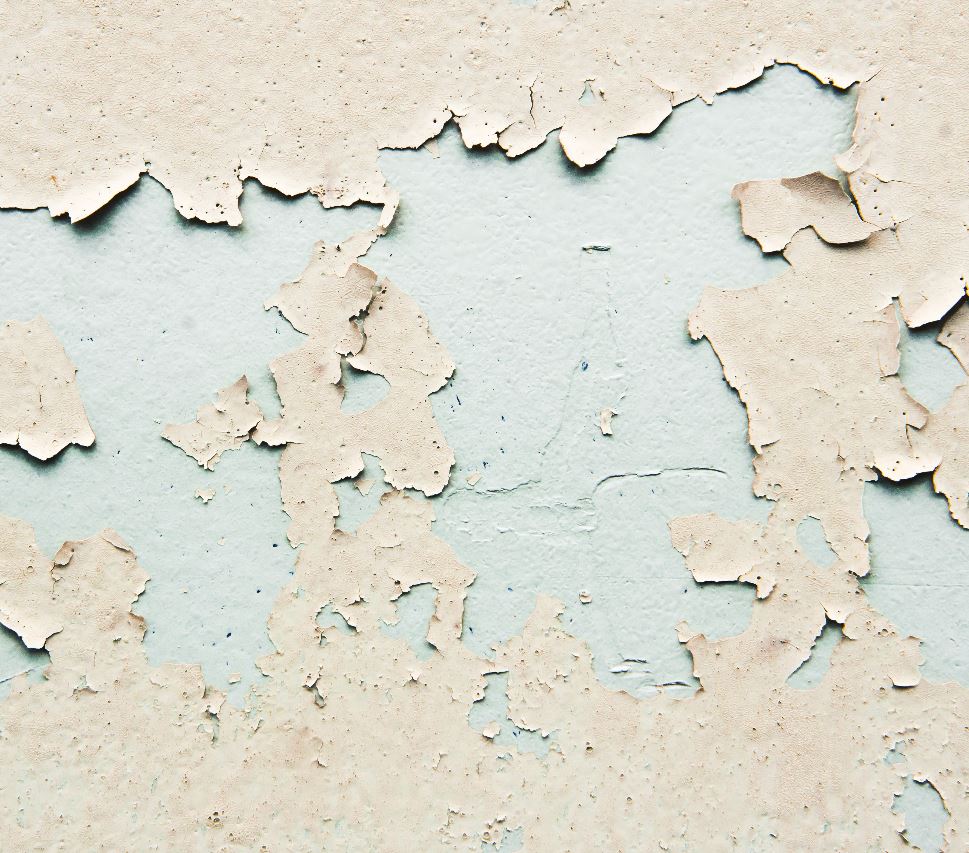
Causes: This is a common issue that comes from moisture or poor adhesion. The difference is that paint is peeling from a previous layer versus peeling from the substrate.
Causes: The surface was wet, dirty or shiny. Underlying layers did not adhere. Blistering was not repaired or a low quality paint was used.
Fix: Scrape the peeling paint and sand affected areas. Spot prime the bare area you just made. Caulk as required and repaint.
9. Foaming and Cratering
What it is: This is an exterior house painting problem that can be nipped in the bud. It shows as depressions or impressions in the paint film when it dries.
Cause: Shaking a partially filled can of paint, and immediately painting, transferring the bubbles to the project. Low quality or old paint, rolling too quickly or excessive rolling or brushing can also cause bubbles.
Fix: All paints will bubble to a certain extent. Higher quality paints are made so that the bubbles will break while the paint is still wet and create a flat surface. Avoid over rolling and use a shorter nap roller.
10. Burnishing
What it is: A change in gloss of your paint when it is rubbed, scrubbed or brushed against.
Cause: Repeated rubbing, like washing, object pushing against the same spot or a low grade paint. Lower paint grades can show this mark quicker than high grade.
Fix: Anywhere that will require regular cleaning or have repeated rubbing from furniture, use a premium semi-gloss or gloss acrylic enamel. The gloss will help protect the paint from the rubs it gets. Make sure when you clean it, you use a non-abrasive cleaner.





